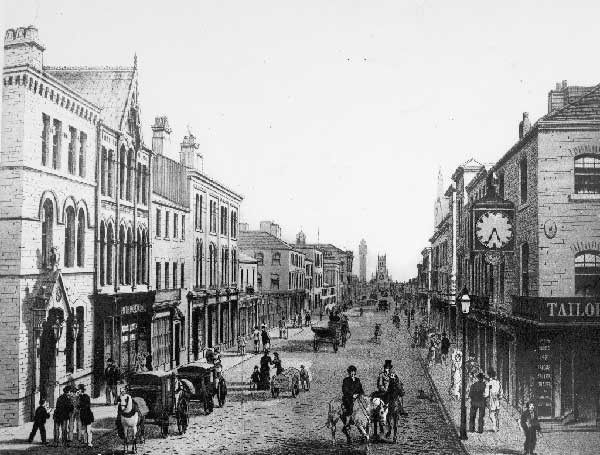Ashton under Lyne What’s in a Name?

This is the third in our series of Ashton is stranger than fiction and what could be stranger than the origin of the town’s name? As you are probably aware there are many towns named Ashton; Ashton under Lyne our home then Ashton in Makerfield, Ashton under Hill, Ashton-on-Ribble, Ashton upon Mersey and Ashton Keynes to name but a few. Then add to this all the just plain Ashton’s in Cambridgeshire, Cornwall, Devon and Somerset and you realise why so many places added to their original name. In all, in England alone, there are at least 21 towns and villages named Ashton and we are certain that they all have one thing in common; the ancient Britons, we hope you enjoy this brief history of our local area.
The Origin of Ashton.
The word Ashton when describing a town or village comes from the language of the ancient Britons who built enclosures around their houses and farms; during and after the Roman occupation of Britain. The word aesc (Ash) refers to ash trees and the word tun describes an enclosure around a village or farmstead. So, we have aesc-tun, a village or farmstead by ash trees, eventually becoming modern English Ashton. Now the next issue comes from how you differentiate your Ashton from all the other Ashton’s. If you said you were from Ashton to a stranger or a member of another tribal community, which one? The following paragraph explains what happened here in Ashton under Lyne and similar reasons can be applied to other Ashton’s.
Under Lyne and its connotations
 How did we arrive at Ashton under Lyne to have that difference between all those other places with similar names? There are many theories for this and describing them all would make this blog a cure for insomnia; so, we will just stick to the most likely and the most interesting.
How did we arrive at Ashton under Lyne to have that difference between all those other places with similar names? There are many theories for this and describing them all would make this blog a cure for insomnia; so, we will just stick to the most likely and the most interesting.
The more accepted version of how our Ashton became under Lyne is, that it was a corruption of the word Lyme. Lyme is either a forest of elm trees which existed between Ashton and the Roman road at Failsworth; or the Latin word for the border of a road or a boundary.
History does allow for a fascinating possibility, in the fact that it was once recorded as Ashton Sub Lima. This could be another corruption of Lyme and it also could refer to the religious practices of the 5th Century inhabitants of this area. The first to settle near the surrounding Roman roads through Dukinfield, Stalybridge followed Roman customs and religious practices. Lima was a minor Roman Deity, the Goddess of Thresholds; in the language of the ancient Britons aesc-tun sub lima. A village surrounded by ash trees under the Goddess Lima. Before Time Team arrives though this is only a theory and minor Deities were worshipped at shrines and not temples.
Ashton is Stranger than Fiction
We hope you have enjoyed this latest dip into the history of our location and that if you visit Ashton under Lyne whilst at our trade counter; you look around and consider the area’s beginnings. This year already we have offered insights into the rise of a Non-Conformist Church in The Northern Jerusalem; and the fascinating story of the Black Knight of Ashton. If you have enjoyed this latest Blog, please share it with others and if you have any feedback; we look forward to hearing from you. May we thank the Tameside Image Archive for providing us with yet more excellent images.
Get started in seconds!
Save your details, view past orders, and enjoy a faster checkout every time.